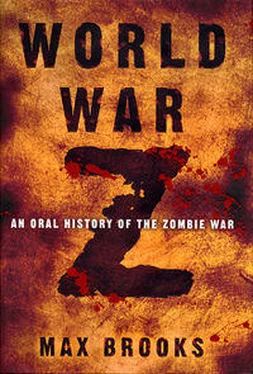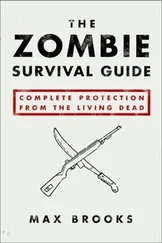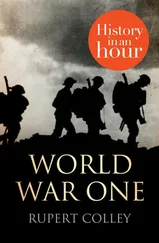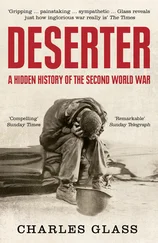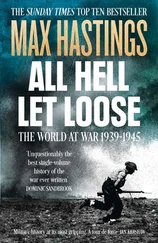Tell me more about the mission. If you were trapped on the station, how did you manage to keep the satellites in orbit?
We used the “Jules Verne Three” ATV, the last supply pod launched before French Guyana was overrun. It was originally designed as a one-way vehicle, to be filled with trash after depositing its cargo, then sent back to Earth to burn up in the atmosphere. We modified it with manual flight controls and a pilot’s couch. I wish we could have fixed it with a proper viewport. Navigating by video wasn’t fun; neither was having to do my Extra Vehicular Activities, my space walks, in a reentry suit because there wasn’t room for a proper EVA kit.
Most of my excursions were to the ASTRO, which was basically just a petrol station in space. Satellites, the military, surveillance type, some-times have to change orbit in order to acquire new targets. They do that by firing their maneuvering thrusters and using up their small amount of hydrazine fuel. Before the war, the American military realized it was more cost-effective to have a refueling station already in orbit rather than sending up a lot of manned missions. That’s where ASTRO came in. We modified it to refuel some of the other satellites as well, the civilian models that need just the occasional top-off to boost back up from a decaying orbit. It was a marvelous machine: a real time-saver. We had a lot of technology like that. There was the “Canadarm,” the fifty-foot robotic inch-worm that performed necessary maintenance tasks along the station’s outer skin. There was “Boba,” the VR-operated robonaut we fitted with a thruster pack so he could work both around the station and away from it on a satellite. We also had a little squadron of PSAs, these free-floating robots, about the shape and size of a grapefruit. All of this wondrous technology was designed to make our jobs easier. I wish they hadn’t worked so well.
We had maybe an hour a day, maybe even two, where there was nothing to do. You could sleep, you could exercise, you could reread the same books, you could listen to Radio Free Earth or to the music we’d brought with us (over and over and over again). I don’t know how many times I listened to that Redgum song: “God help me, I was only nineteen.” It was my father’s favorite, reminded him of his time in Vietnam. I prayed that all that army training was helping to keep him and my mum alive now. I hadn’t heard anything from him, or anyone else in Oz since the government had relocated to Tasmania. I wanted to believe they were all right, but watching what was happening on Earth, as most of us did during our off-duty hours, made it almost impossible to have hope.
They say that during the cold war, American spy birds could read the copy of Pravda in a Soviet citizen’s hands. I’m not sure if that’s entirely true. I don’t know the tech specs of that generation of hardware. But I can tell you that these modern ones whose signals we pirated from their relay birds-these could show muscles tear and bones snap. You could read the lips of victims crying out for mercy, or the color of their eyes when they bulged with their last breath. You could see at what point red blood began to turn brown, and how it looked on gray London cement as opposed to white, Cape Cod sand.
We had no control over what the spy birds chose to observe. Their targets were determined by the U.S. military. We saw a lot of battles — Chongqing, Yonkers; we watched a company of Indian troops try to rescue civilians trapped in Ambedkar Stadium in Delhi, then become trapped themselves and retreat to Gandhi Park. I watched their commander form his men into a square, the kind the Limeys used in colonial days. It worked, at least for a little while. That was the only frustrating part about satellite surveillance; you could only watch, not listen. We didn’t know that the Indians were running out of ammunition, only that the Zed Heads were starting to close in. We saw a helo hover overhead and watched as the commander argued with his subordinates. We didn’t know it was General Raj-Singh, we didn’t even know who he was. Don’t listen to what the critics say about that man, about how he buggered off when things got too hot. We saw it all. He did try to put up a fight, and one of his blokes did smash him in the face with a rifle butt. He was out cold when they hauled him into that waiting chopper. It was a horrible feeling, seeing it all so close and yet unable to do anything.
We had our own observation gear, both the civilian research birds and the equipment right there on the station. The images they gave us weren’t half as powerful as the military versions, but they were still frighteningly clear. They gave us our first look at the mega swarms over central Asia and the American Great Plains. Those were truly massive, miles across, like the American buffalo must have once been.
We watched the evacuation of Japan and couldn’t help but marvel at the scale. Hundreds of ships, thousands of small boats. We lost count of how many helicopters buzzed back and forth from the rooftops to the armada, or how many jetliners made their final run north to Kamchatka.
We were the first ones to discover zombie holes, the pits that the undead dig when they’re going after burrowing animals. At first we thought they were just isolated incidents until we noticed that they were spreading all over the world; sometimes more than one would appear in close proximity to the next. There was a field in southern England-I guess there must have been a high concentration of rabbits-that was just riddled with holes, all different depths and sizes. Many of them had large, dark stains around them. Although we couldn’t zoom in close enough, we were pretty sure it was blood. For me that was the most terrifying example of our enemy’s drive. They displayed no conscious thought, just sheer biological instinct. I once watched a Zed Head go after something, probably a golden mole, in the Namib Desert. The mole had burrowed deep in the slope of a dune. As the ghoul tried to go after it, the sand kept pouring down and filling the hole. The ghoul didn’t stop, didn’t react in any way, it just kept going. I watched it for five days, the fuzzy image of this G digging, and digging, and digging, then suddenly one morning just stopping, getting up, and shuffling away as if nothing had happened. It must have lost the scent. Good on the mole.
For all our enhanced optics, nothing had quite the same impact as the naked eye. To just look through the view port down on our fragile little biosphere. To see the massive ecological devastation makes one understand how the modern environmental movement began with the American space program. There were so many fires, and I don’t just mean the buildings, or the forests, or even the oil rigs blazing out of control-bleeding Saudis actually went ahead and did it-I mean the campfires as well, what had to be at least a billion of them, tiny orange specks covering the Earth where electric lights had once been. Every day, every night, it seemed like the whole planet was burning. We couldn’t even begin to calculate the ash count but we estimated it was equivalent to a low-grade nuclear exchange between the United States and former Soviet Union, and that’s not including the actual nuclear exchange between Iran and Pakistan. We watched and recorded those as well, the flashes and fires that gave me eye spots for days. Nuclear autumn was already beginning to set in, the gray-brown shroud thickening each day.
It was like looking down on an alien planet, or on Earth during the last great mass extinction. Eventually conventional optics became useless in the shroud, leaving us with only thermal or radar sensors. Earth’s natural face vanished behind a caricature of primary colors. It was through one of these systems, the Aster sensor aboard the Terra Satellite, that we saw the Three Gorges Dam collapse.
Читать дальше
